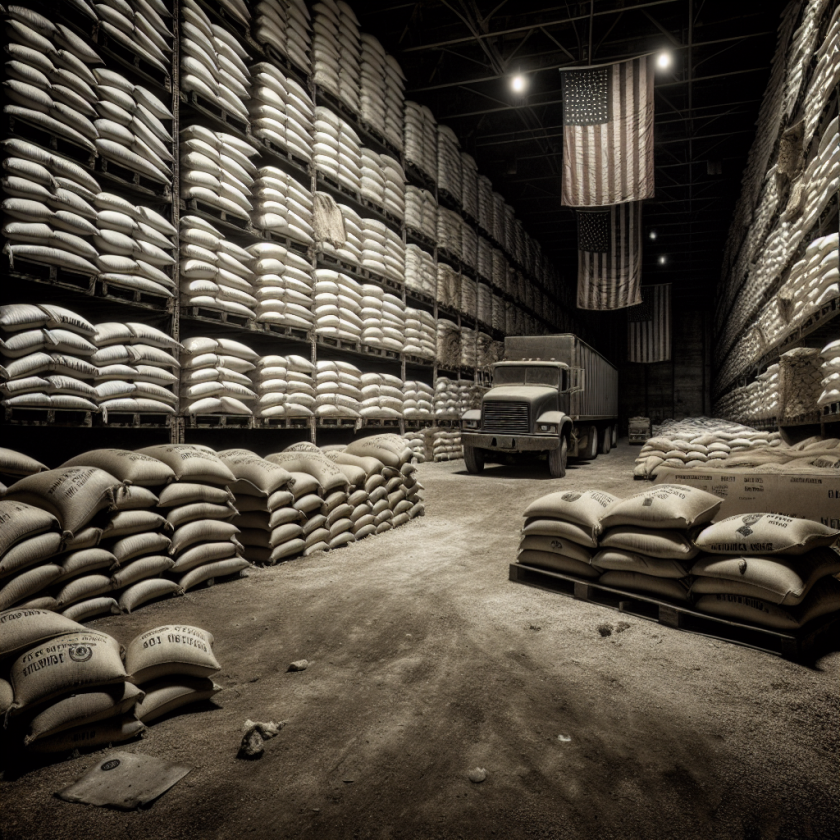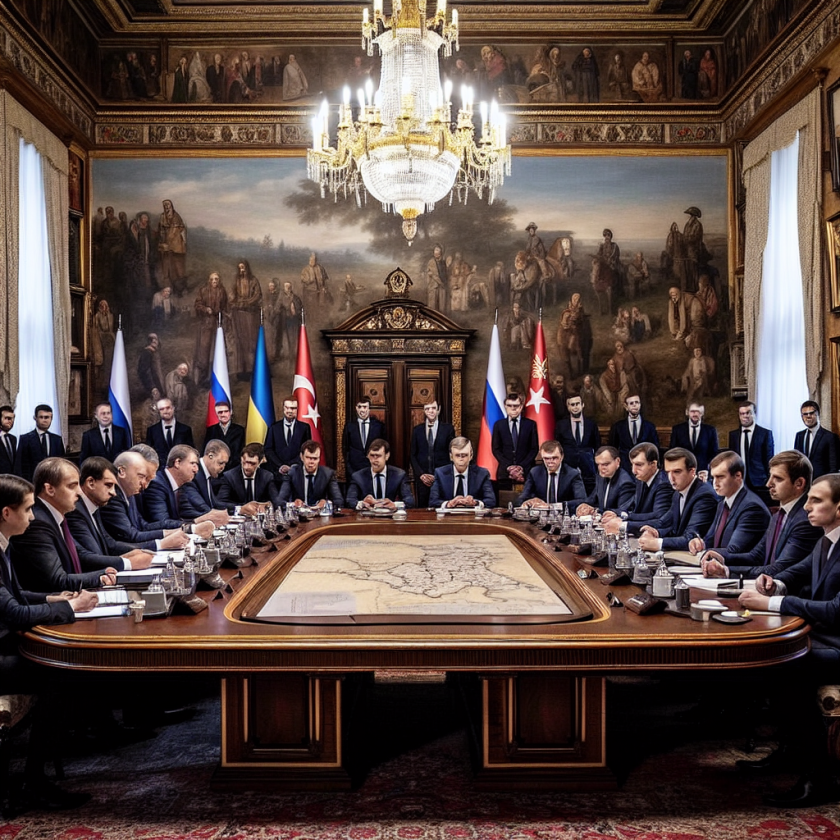The Impact of Trump’s Reciprocal Tariffs: Countries Facing the Greatest Challenges
The Impact of Trump’s Reciprocal Tariffs: Countries Facing the Greatest Challenges
Introduction
The implementation of reciprocal tariffs under the Trump administration has significantly altered global trade dynamics. This policy aimed to address trade imbalances and protect domestic industries, but it has also posed substantial challenges for several countries.
Key Affected Countries
Several nations have been particularly impacted by these tariffs, facing economic and trade-related challenges:
- China: As the primary target, China has experienced a significant reduction in exports to the U.S., leading to economic slowdowns and shifts in trade strategies.
- European Union: The EU has faced tariffs on key exports like steel and aluminum, prompting retaliatory measures and straining transatlantic relations.
- Canada: Despite being a close ally, Canada has been affected by tariffs on metals, impacting its manufacturing sector and trade balance.
- Mexico: Tariffs on automotive parts and other goods have pressured Mexico’s export-driven economy, leading to negotiations for trade adjustments.
Economic Consequences
The tariffs have led to a range of economic consequences for the affected countries:
- Trade Disruptions: Increased costs and supply chain disruptions have forced countries to seek alternative markets and suppliers.
- Economic Slowdowns: Reduced export volumes have contributed to slower economic growth in several nations.
- Inflationary Pressures: Higher import costs have led to increased prices for consumers and businesses.
Global Trade Shifts
The tariffs have prompted a reevaluation of global trade relationships and strategies:
- New Alliances: Countries are forming new trade alliances and agreements to mitigate the impact of U.S. tariffs.
- Supply Chain Diversification: Businesses are diversifying supply chains to reduce dependency on U.S. markets.
- Focus on Domestic Markets: Some nations are increasing efforts to boost domestic consumption and production.
Conclusion
The reciprocal tariffs introduced by the Trump administration have reshaped global trade, presenting significant challenges for several countries. While these measures aimed to protect U.S. interests, they have also led to economic disruptions and prompted a reevaluation of international trade strategies. As countries adapt to these changes, the long-term impact on global trade remains to be seen.








































